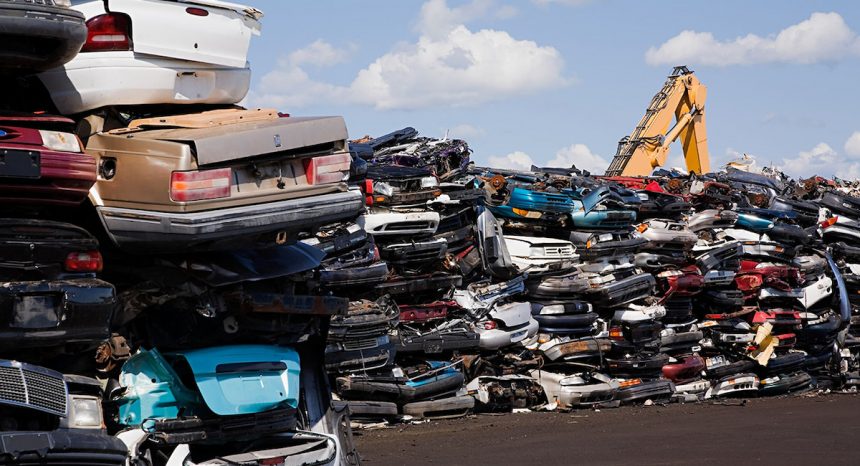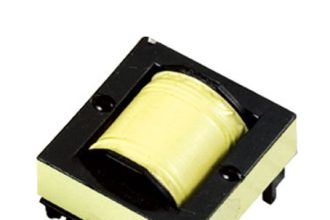In the life cycle of a vehicle, there comes a point where it’s no longer road-worthy. However, that doesn’t mean its journey has to end.
Junk car recycling is crucial in the automotive industry and the environment. Let’s break down the process and understand why it’s significant.
Understanding Junk Car Recycling
Junk car recycling is breaking down and reusing parts and materials from vehicles that are beyond repair. This process is not only about making the best out of waste but also about conserving resources and energy.
The Recycling Process
Collection and Initial Assessment: The journey of recycling starts when a car reaches the end of its life.
It is then collected by a junkyard or recycling facility, which undergoes an initial assessment to determine which parts are salvageable.
Draining Fluids:
The car is drained of all fluids to prevent environmental contamination. This includes gasoline, engine oil, coolant, and transmission fluid. These fluids are either disposed of safely or recycled.
Dismantling:
Next, the car is dismantled. Functional parts such as the engine, transmission, and alternator are removed and refurbished if possible. These parts can be sold to repair shops or directly to consumers.
Removing Hazardous Materials:
Specific components like the battery and air conditioning system contain hazardous materials and must be handled carefully. Batteries, for instance, contain lead and acid, which can be recycled to produce new batteries.
Crushing and Shredding:
After all reusable parts and hazardous materials are removed, the remaining shell of the car goes through a crusher. It’s then shredded into fist-sized pieces of metal and sorted using magnets or other separation methods to separate ferrous from non-ferrous materials.
Material Separation:
Once the metal is sorted, it’s sent to different recycling facilities. Here, metals can be melted down and purified to produce new metal sheets or products, reducing the need for new metal mining.
Non-Metallic Parts Recycling:
What’s left – plastics, glass, and rubber – can also be recycled. They can be turned into various products, such as tire-derived fuel, carpet padding, or even to make new car parts.
The Environmental Impact
Recycling junk cars has a significant environmental impact. Here’s how:
Conserving Resources:
It reduces the need to mine new metals. Recycling steel, for instance, uses 60% less energy than producing it from raw materials.
Reducing Pollution:
Proper disposal of oils and chemicals decreases the risk of soil and water pollution. Recycling also lowers greenhouse gas emissions compared to manufacturing new parts.
Waste Reduction:
Millions of cars are recycled every year, significantly reducing the amount of waste that could end up in landfills.
Economic Benefits
Junk car recycling is not just good for the planet; it’s also good for the economy. It creates jobs in the recycling industry and offers a cheaper source of parts for repairs and manufacturing.
A Closed-Loop Industry
The ideal scenario in recycling is creating a closed-loop system where materials from junk cars go back into making new vehicles. Some manufacturers are working towards this goal by using recycled materials in their new cars.
Challenges in Recycling
Despite its benefits, the recycling process faces challenges like recovering every material and dealing with parts that can’t be recycled. The industry constantly seeks innovative methods to increase efficiency and reduce waste.
Conclusion
Junk car recycling is a complex but essential process. It benefits the environment by reducing waste and the need for new raw materials. It supports the economy through job creation and cost savings.
As technology advances and awareness grows, junk car recycling will continue to be an integral part of managing the environmental footprint of our love affair with automobiles.
It’s a vital clog in the wheel of sustainable living and responsible consumerism.















